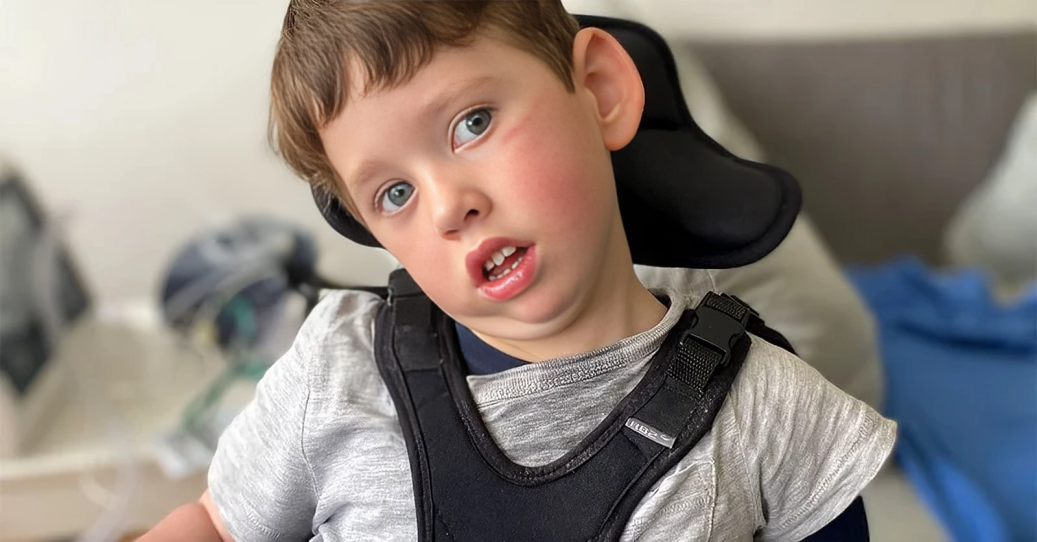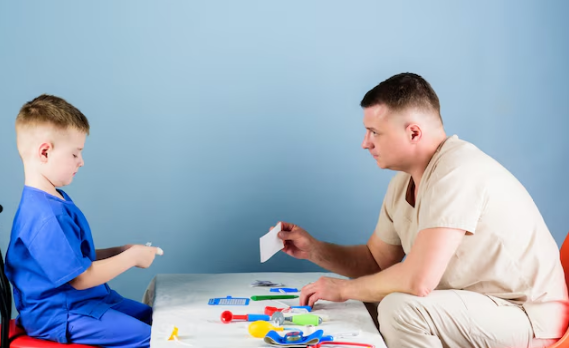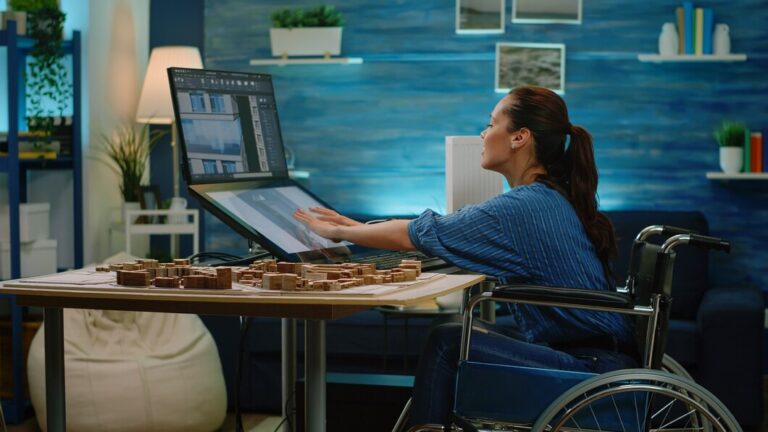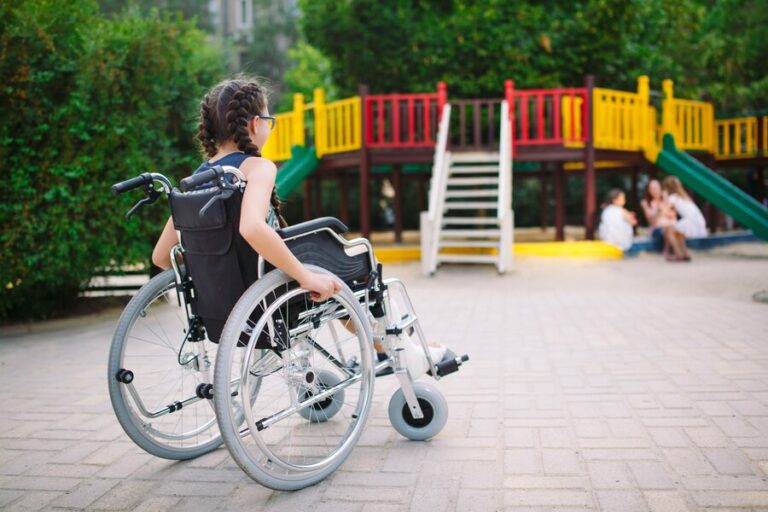Unraveling the Challenges and Triumphs of Cerebral Palsy.
Cerebral Palsy (CP) is a neurological condition that affects movement, posture, and muscle coordination. It is a complex disorder arising from damage to the developing brain, often occurring before or during birth. As a lifelong condition, CP poses unique challenges for individuals and their families, necessitating a deeper understanding of its causes, manifestations, and the holistic approaches available for management.
I. Understanding Cerebral Palsy
A. Causes
- Prenatal factors: Brain damage during pregnancy, genetic conditions, or infections.
- Perinatal factors: Complications during birth leading to oxygen deprivation.
- Postnatal factors: Trauma, infections, or medical conditions affecting the brain in early childhood.
B. Types of Cerebral Palsy
- Spastic CP: Characterized by muscle stiffness and tightness.
- Dyskinetic CP: Involves involuntary and uncontrollable movements.
- Ataxic CP: Affects balance and coordination.
Challenges Faced by Individuals with Cerebral Palsy
A. Motor Limitations: Difficulties in fine and gross motor skills impacting daily activities.
B. Communication Barriers: Challenges in speech and language development.
C. Intellectual and Developmental Disabilities: Varied cognitive impairments.
D. Social and Emotional Impact: Potential for isolation and difficulties in social interactions.
Diagnosis and Early Intervention
A. Clinical Assessment: Comprehensive evaluation by healthcare professionals.
B. Developmental Milestones: Monitoring a child’s developmental progress.
C. Early Intervention Programs: Physical therapy, occupational therapy, and speech therapy to enhance skills.
Treatment and Management:
A. Multidisciplinary Approach: Involves a team of healthcare professionals, including neurologists, therapists, and orthopedic specialists.
B. Medications: Addressing symptoms like muscle spasticity or seizures.
C. Orthopedic Interventions: Surgeries to correct skeletal abnormalities and improve mobility.
D. Assistive Devices: Wheelchairs, braces, and communication aids to enhance independence.
Emotional and Social Support
A. Family and Community Involvement: Building a supportive network for individuals with CP.
B. Advocacy and Awareness: Promoting inclusivity and understanding in society.
Celebrating Achievements and Triumphs
A. Personalized Success Stories: Showcasing the accomplishments of individuals with CP.
B. Overcoming Challenges: Highlighting resilience and determination.
Conclusion
Cerebral Palsy, though presenting unique challenges, is a condition that can be navigated with a combination of early intervention, comprehensive medical care, and unwavering support. By fostering awareness, embracing inclusivity, and celebrating the triumphs of those with CP, society can contribute to creating a more accessible and understanding world for individuals living with this neurological condition. The journey may be challenging, but with the right resources and a compassionate community, individuals with Cerebral Palsy can lead fulfilling and meaningful lives.








